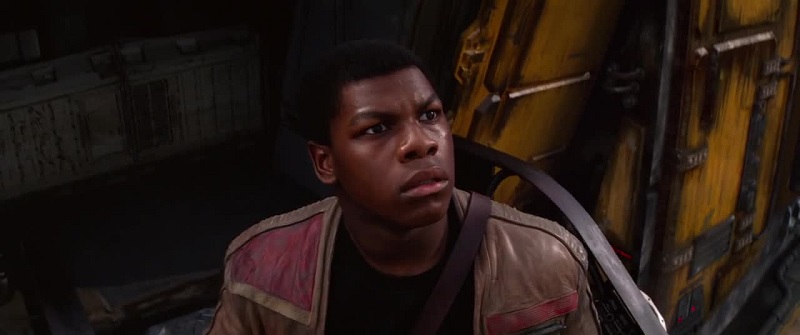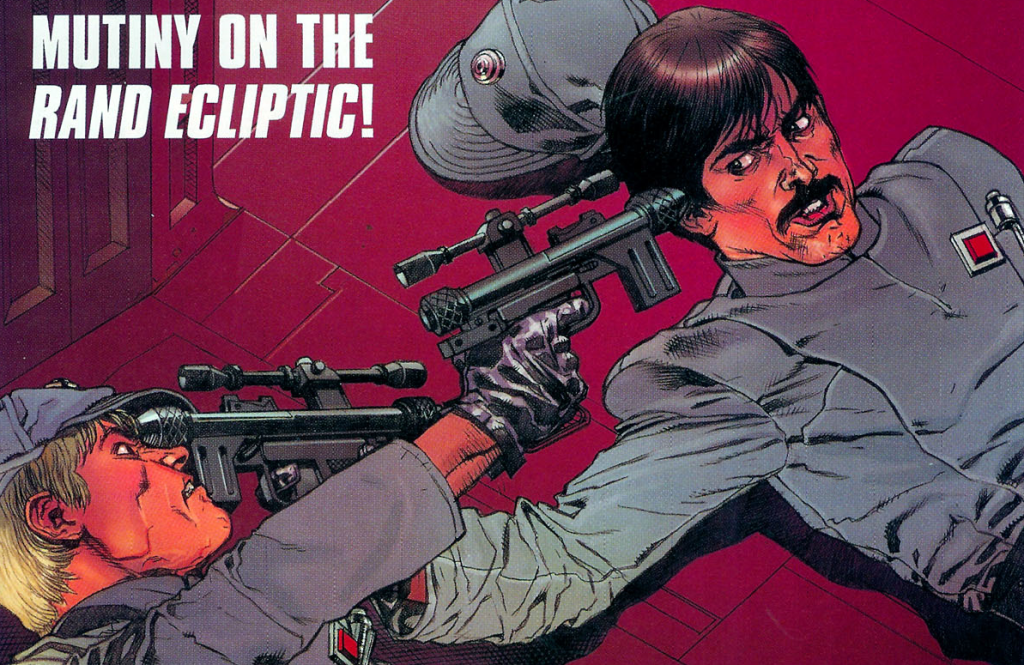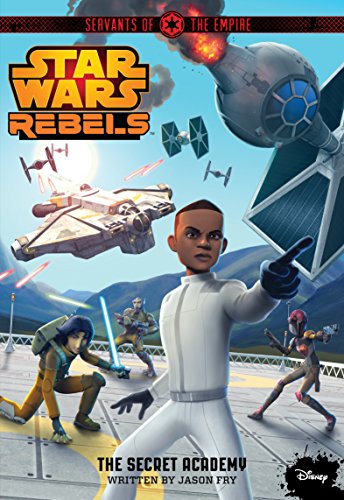
There’s been a sense from some fans that The Force Awakens and its background material indicates that the New Republic has been a failure, that all the heroes fought for has been for naught. Not everyone thinks that – Nick previously wrote to take stock of the New Republic as seen in the context of TFA and the Journey to TFA books and his verdict was a positive one. But since then, Bloodline has been released and given us a great deal of context about the dysfunction that paralyzed the New Republic in the years leading up to the film. Sarah discussed the role extremism and partisanship played in impeding the New Republic’s governance, and Sarah, Rocky, and yours truly discussed how these irreconcilable differences stemmed from fear and mistrust. After all that, one might be forgiven for assuming that the rosy view of the New Republic was definitely wrong and that TFA showed the demise of a government that was at best a failure and at worst, doomed. But is that the right lesson to take from Bloodline? We don’t think it is – Bloodline simply showed democracy as it is, warts and all.
As promised with our first “Gray Matters” piece on Lost Stars and its realistic and human portrayal of those who serve the Galactic Empire, here’s our follow-up on how to realistically portray the good guys. And just like the first piece, the article didn’t really come together until Claudia Gray wrote a novel perfectly demonstrating what we wanted to talk about: how democracy is portrayed in Star Wars and why it’s important that it be treated with nuance. As with the first Gray Matters piece, the goal is to make it clear that there isn’t and shouldn’t be a black-and-white sense of the New Republic – complexity and nuance is more interesting than unmitigated success and failure. Read More
 Moral relativity is hard to do in Star Wars, because it’s a tale of good versus evil. However, sophisticated storytelling expects that things are rarely black and white. Add in the influence of fans, and it’s not surprising that villains end up being quite popular in Star Wars. The Galactic Empire is probably one of the most popular villains in fiction, and so it’s easy to see why there’s an interest in presenting the Empire as a little more nuanced than purely evil. This always runs the risk of whitewashing Imperial atrocities, or presenting the “good Imperial” – the person who is certainly not a Rebel, but also not a bad person. We’re personally always suspect of the idea of the “good Imperial,” because while we very much enjoy reading about Imperials we also don’t want to sacrifice the theming of the Star Wars saga.
Moral relativity is hard to do in Star Wars, because it’s a tale of good versus evil. However, sophisticated storytelling expects that things are rarely black and white. Add in the influence of fans, and it’s not surprising that villains end up being quite popular in Star Wars. The Galactic Empire is probably one of the most popular villains in fiction, and so it’s easy to see why there’s an interest in presenting the Empire as a little more nuanced than purely evil. This always runs the risk of whitewashing Imperial atrocities, or presenting the “good Imperial” – the person who is certainly not a Rebel, but also not a bad person. We’re personally always suspect of the idea of the “good Imperial,” because while we very much enjoy reading about Imperials we also don’t want to sacrifice the theming of the Star Wars saga.![The-Force-Awakens-Frame[1]](http://eleven-thirtyeight.com/wp-content/uploads/2015/12/The-Force-Awakens-Frame1-1024x426.jpg) (needless to say, spoilers for The Force Awakens ensue)
(needless to say, spoilers for The Force Awakens ensue)![The_Perfect_Weapon_final_cover[1]](http://eleven-thirtyeight.com/wp-content/uploads/2015/12/The_Perfect_Weapon_final_cover1-197x300.jpg)
![The-Crimson-Corsair[1]](http://eleven-thirtyeight.com/wp-content/uploads/2015/12/The-Crimson-Corsair1-236x300.jpg)
 As the Journey to The Force Awakens campaign kicked off on September 4th, one of the many questions readers started asking was: why is the Empire falling apart so quickly? The obtuse answer is that this is what the story demands, and we’ll learn the full reasons on December 18th. But many of us thought the war would last far longer than in the Expanded Universe, where the Empire was driven out of the Core Worlds as early as five years after Return of the Jedi. Surely this time the war would truly rage on for many many years: but that’s not what happened. Suddenly, the Empire of the EU seemed a lot more solid and formidable. Folks speculated as to the reasons why, such as the collapse of central authority, the unwillingness of the Navy to waste time protecting a symbolic world like Coruscant, defections to the New Republic, etc.
As the Journey to The Force Awakens campaign kicked off on September 4th, one of the many questions readers started asking was: why is the Empire falling apart so quickly? The obtuse answer is that this is what the story demands, and we’ll learn the full reasons on December 18th. But many of us thought the war would last far longer than in the Expanded Universe, where the Empire was driven out of the Core Worlds as early as five years after Return of the Jedi. Surely this time the war would truly rage on for many many years: but that’s not what happened. Suddenly, the Empire of the EU seemed a lot more solid and formidable. Folks speculated as to the reasons why, such as the collapse of central authority, the unwillingness of the Navy to waste time protecting a symbolic world like Coruscant, defections to the New Republic, etc.